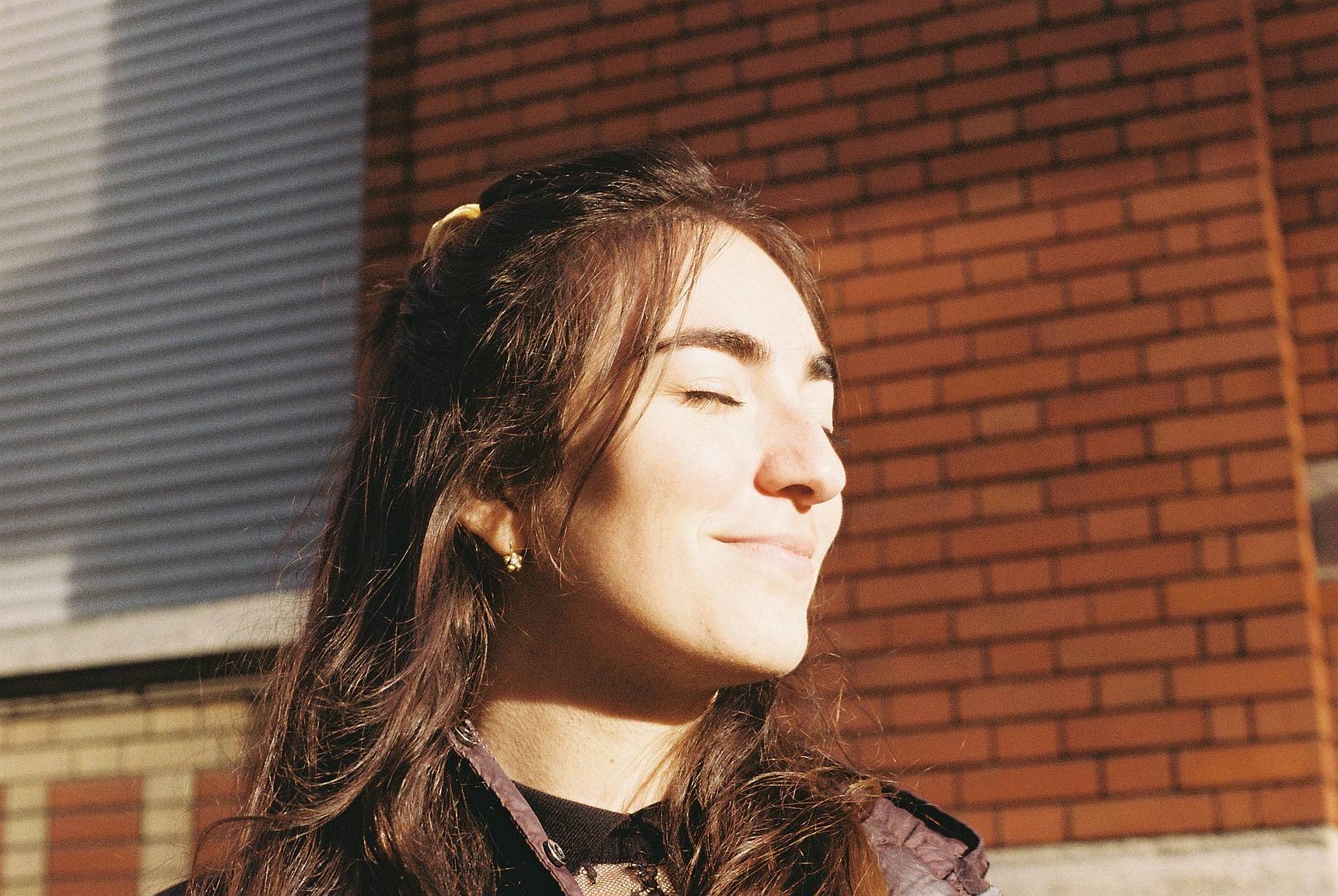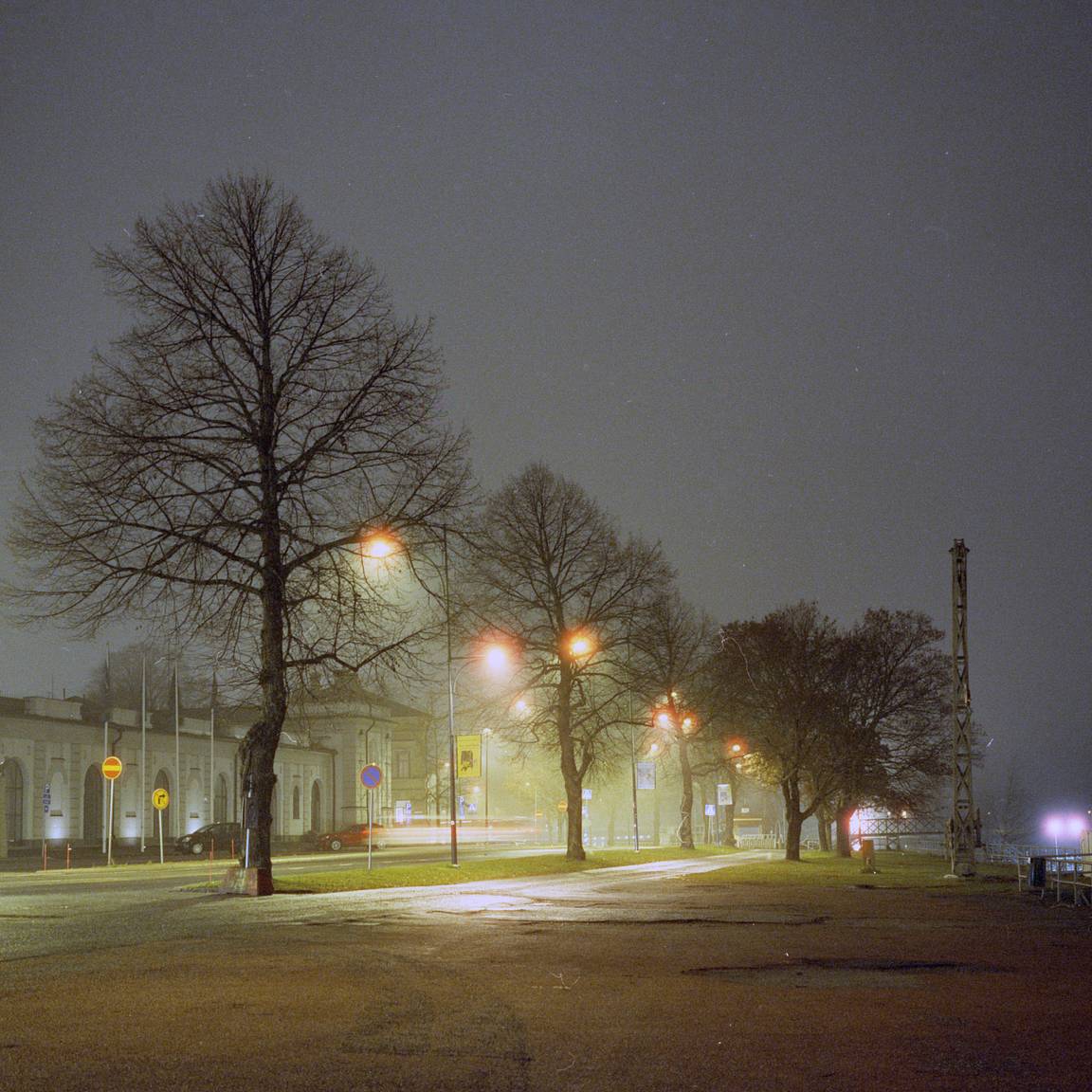How to Take Sharper Photos
5 30 Share TweetThere are lots of ways to enjoy analogue photography. For some, it's about the wild and highly-stylized effects like vignetting, color shifts, and saturation. For others, it's about sharper and more detailed photos. Don't worry, you don't have to pick just one side to enjoy film photography. In this short tutorial, we give you some tips to improve image quality in your shots by making sure you get tack-sharp frames when you want to.
1. Use a stand.
Handheld photography is great for on-the-fly shots and candids but if you really want to step up the sharpness in your photos, you're going to want to use a tripod or stand when you're taking photos. There's a lot of advantages to shooting with a tripod — on top of that list is that you get sharper photographs by making sure your camera stays still. Tripods are a great tool to achieve sharper photos simply because you get a more stable way of taking a photo.
Landscape and portrait photographers use this technique to produce some of the best-looking shots out there in terms of image quality. This tip will definitely help you if you're using heavy camera setups that can strain your arms and wrists when shooting. Stability is a big factor when you want sharper photos. Investing in a good-quality, stable, and sturdy tripod or stand will make a world of difference in your quest to take crisp photos.
2. Reduce movement.
Quick tip: prop yourself up on a wall or something sturdy if you decide to shoot by hand. Tuck your elbows to reduce camera shake and choose a camera with a mirror lock to reduce the vibrations when you're taking a photograph. Doing these simple tricks can give you a better chance of taking sharper photos if you don't have a tripod. You'd want to eliminate camera shake if you're aiming for sharper photographs.
Another trick we've learned to reduce movement is to lay down the camera on a steady surface and use a cable release shutter when a tripod just isn't available. You'll see significant sharpness in your photographs and be able to freely move in between shots without lugging a tripod around.
3. Take advantage of good lighting.
This is a technique that a lot of us forget to take advantage of. Good lighting does wonders in photographs in terms of clarity and sharpness. Even if you have the proper gear and settings but you still shoot under poor lighting, chances are that you're just not getting the best out of your shots. Shooting on a sunny day when you're out photographing landscapes is far better than shooting in overcast conditions. Have you noticed that good camera studios often have good lighting fixtures? Well, here's why. Good lighting = sharper, crisper photos.
4. Mind your settings. Focus on your shots.
It might seem obvious but this is another thing that we sometimes neglect. If you really want to bag tack-sharp shots, you have to be mindful of your settings. Set your camera accordingly and use the correct shutter speed, aperture, and ISO. Film choice is also a factor here. Make sure that you use a shutter speed/aperture/ISO ratio that works with the current conditions you are shooting in.
Generally, you would want to use fast shutter speed to reduce motion blur and achieve sharper photos. As for aperture, you will probably get better results if you use a smaller aperture than by just shooting "wide open." Low ISO or slower films can also help you get sharper images as they have finer/smaller grain size (that, in turn, gives you more definition and crisper images.) You need to find a combination that works well with your shooting condition and the gear you're using.
Of course, all of that setup and fine-tuning would mean nothing if you don't focus correctly. SLRs will have an advantage over other cameras in this area since you get to see (via the viewfinder) what the camera is seeing. Carefully focus on the subject and make sure your focus lines line up before taking the shot. You'd be glad you took the extra time to focus once you get the images back from developing.
5. Use the right gear and take care of it.
Now, let's get down to the gear you're using. It's important that you pick the right gear for your shoot. It's also equally important that you know how to use and take care of them properly. Wipe away smudges from your lens, make sure your shutter doesn't stick or you have fresh batteries for your camera's light meter. These are just little things that you can forget but they can actually mess up your chance of taking home a sharper, more visually-pleasing shot.
How about you? What are your other techniques to make sure you get sharp photos? Share with us your thoughts and sound off in the comments section below!
written by cheeo on 2019-12-17 in #tutorials #clear #tipsters #tutorials #sharp-photos




























5 個留言